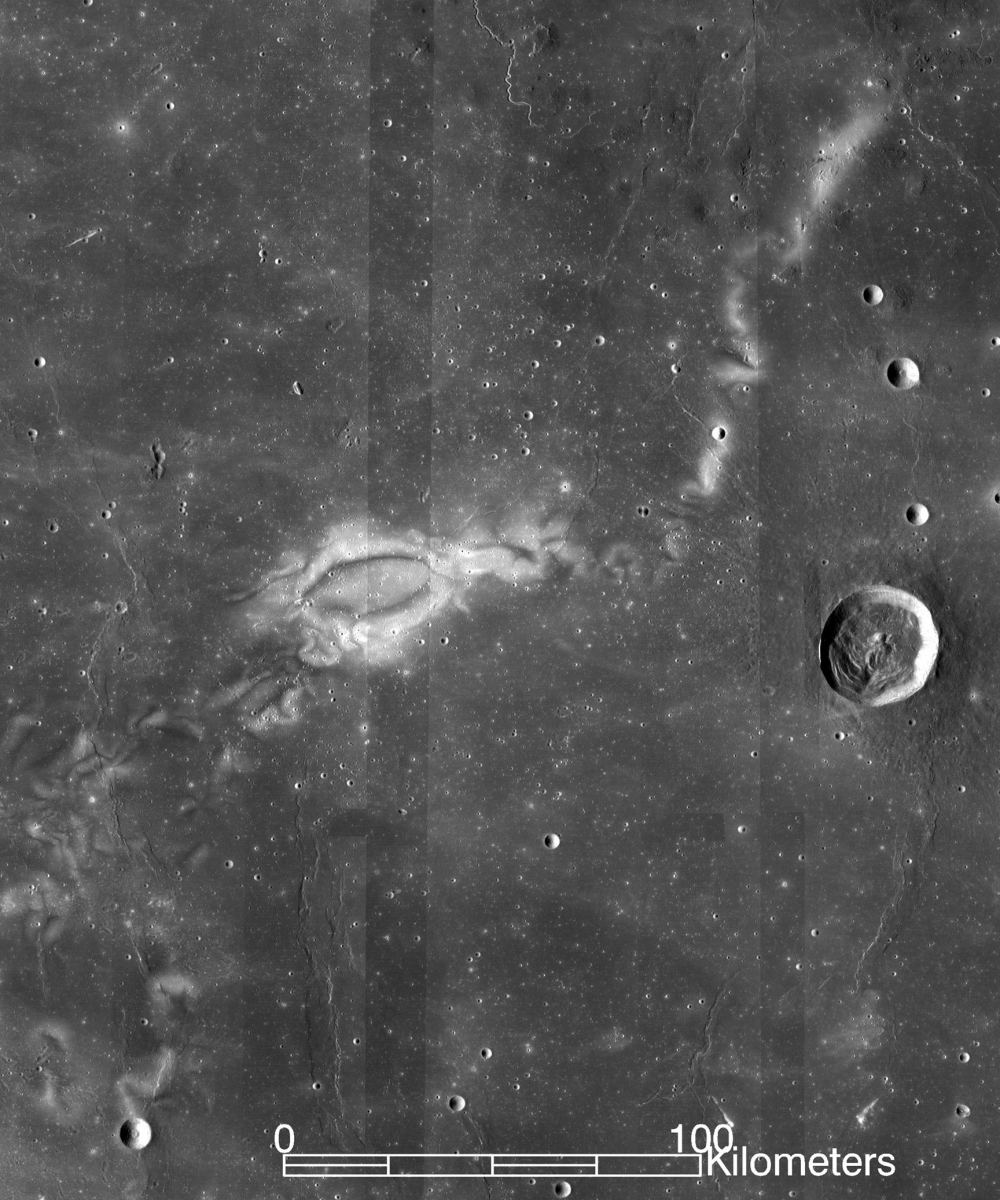The three-body problem is one of Nature’s thorniest problems. The gravitational interactions and resulting movements of three bodies are notoriously difficult to predict because of instability. A planet orbiting two stars is an example of the three-body problem, but it’s sometimes called a “restricted three-body problem.” In that case, there are some potential stable orbits for a planet.
A new study shows that the nearby Alpha Centauri AB pair could host a Super Jupiter in a stable orbit.
Continue reading “Alpha Centauri Could Have a Super Jupiter in Orbit”









